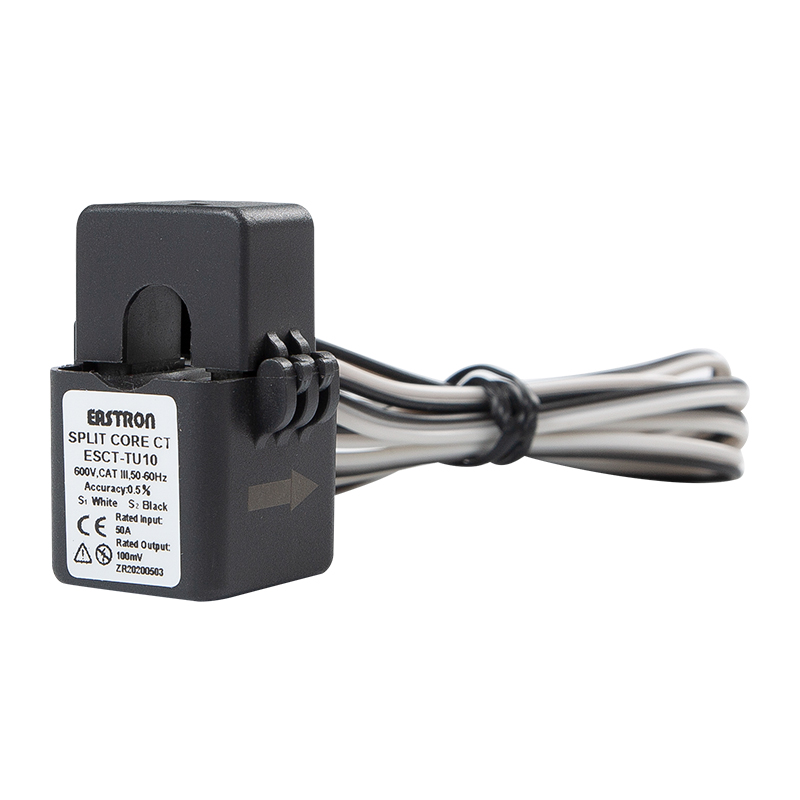Product Consultation
Your email address will not be published. Required fields are marked *
The fundamental principles underlying the operation of split-core current sensors are based on electromagnetic induction, which is governed by Faraday's law of electromagnetic induction. Here's how split-core current sensors work:
Faraday's Law: According to Faraday's law, when a conductor is exposed to a changing magnetic field, an electromotive force (EMF) is induced in the conductor, resulting in the generation of an electric current. This phenomenon forms the basis of electromagnetic induction, which is utilized in split-core current sensors.
Current-Carrying Conductor: In an electrical circuit, when current flows through a conductor, it generates a magnetic field around the conductor in accordance with Ampere's law. The strength of this magnetic field is directly proportional to the magnitude of the current flowing through the conductor.
Magnetic Field Sensing: Split-core current sensors consist of a magnetic core and a coil winding. The magnetic core is typically split into two halves, allowing it to be opened and clamped around the current-carrying conductor without interrupting the circuit. The coil winding is wound around the magnetic core.

Flux Linkage: When the split-core current sensor is clamped around the current-carrying conductor, the magnetic field generated by the current induces a magnetic flux in the magnetic core. This magnetic flux is linked with the coil winding, causing an EMF to be induced in the coil according to Faraday's law.
Output Signal: The induced EMF in the coil winding produces an output voltage or current signal proportional to the rate of change of the magnetic flux, which is directly proportional to the magnitude of the current flowing through the conductor. This output signal can be measured and used to determine the current value.
Linear Relationship: In ideal conditions, the output signal of the split-core current sensor exhibits a linear relationship with the input current over a specified range. This allows for accurate measurement of both AC and DC currents, with minimal errors or distortions.
Overall, split-core current sensors operate on the principle of electromagnetic induction, utilizing changes in magnetic flux induced by current flow in a conductor to generate an output signal proportional to the current magnitude. These sensors are widely used for non-invasive and accurate measurement of electrical currents in various applications, including power monitoring, energy management, and equipment protection.
Your email address will not be published. Required fields are marked *
We develop and produce high performance electricity meters, power analyzers, current sensors, communication modules and management systems. China Custom Smart Meters Manufacturers and Factory
Eastron China (HQ) : NO 52, Dongjin Road, Nanhu, Jiaxing, Zhejiang, China
Eastron UK : Suite 1 Cornwallis House, Howard Chase, Basildon, UK
Eastron EU : Unit 3 Finglas Business Centre, Jamestown Road, Finglas, Dublin, Ireland
Copyright @ Eastron Electronic Co., Ltd. All rights reserved Electricity Meters Manufacturers
